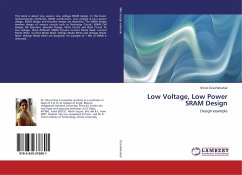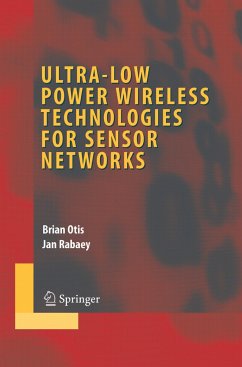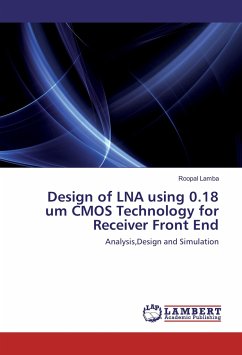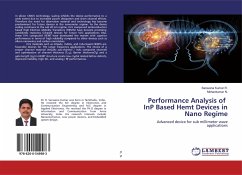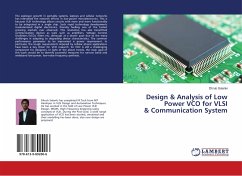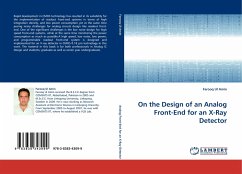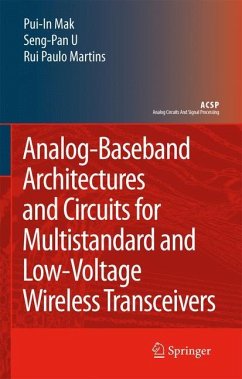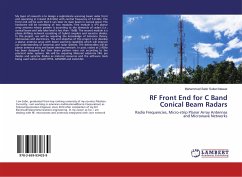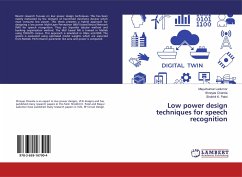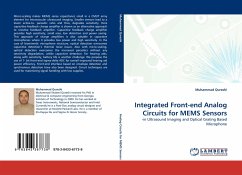
Integrated Front-end Analog Circuits for MEMS Sensors
-in Ultrasound Imaging and Optical Grating Based Microphone
Versandkostenfrei!
Versandfertig in 6-10 Tagen
32,99 €
inkl. MwSt.

PAYBACK Punkte
16 °P sammeln!
Micro-scaling makes MEMS sense capacitance small in a CMUT array element for intravascular ultrasound imaging. Smaller sensors lead to a lower active-to- parasitic ratio and thus, degrades sensitivity. Here capacitive feedback charge amplifier is shown as an alternative approach to resistive feedback amplifier. Capacitive feedback charge amplifier provides high sensitivity, small area, low distortion and power saving. This approach of charge amplifiers is also suitable in capacitive microphones where it provides low power and high sensitivity. In the case of biomimetic microphone structure, op...
Micro-scaling makes MEMS sense capacitance small in a CMUT array element for intravascular ultrasound imaging. Smaller sensors lead to a lower active-to- parasitic ratio and thus, degrades sensitivity. Here capacitive feedback charge amplifier is shown as an alternative approach to resistive feedback amplifier. Capacitive feedback charge amplifier provides high sensitivity, small area, low distortion and power saving. This approach of charge amplifiers is also suitable in capacitive microphones where it provides low power and high sensitivity. In the case of biomimetic microphone structure, optical detection overcomes capacitive detection's thermal noise issues. Also with micro-scaling, optical detection overcomes the increased parasitics without any sensitivity degradation, unlike capacitive detection. For hearing aids, along with sensitivity, battery life is another challenge. We propose the use of 1- bit front-end sigma-delta ADC for overall improved hearing aid power efficiency. Front-end interface based on envelope detection and synchronous detection have also been designed. Circuit techniques are used for maximizing signal handling with low supplies.





